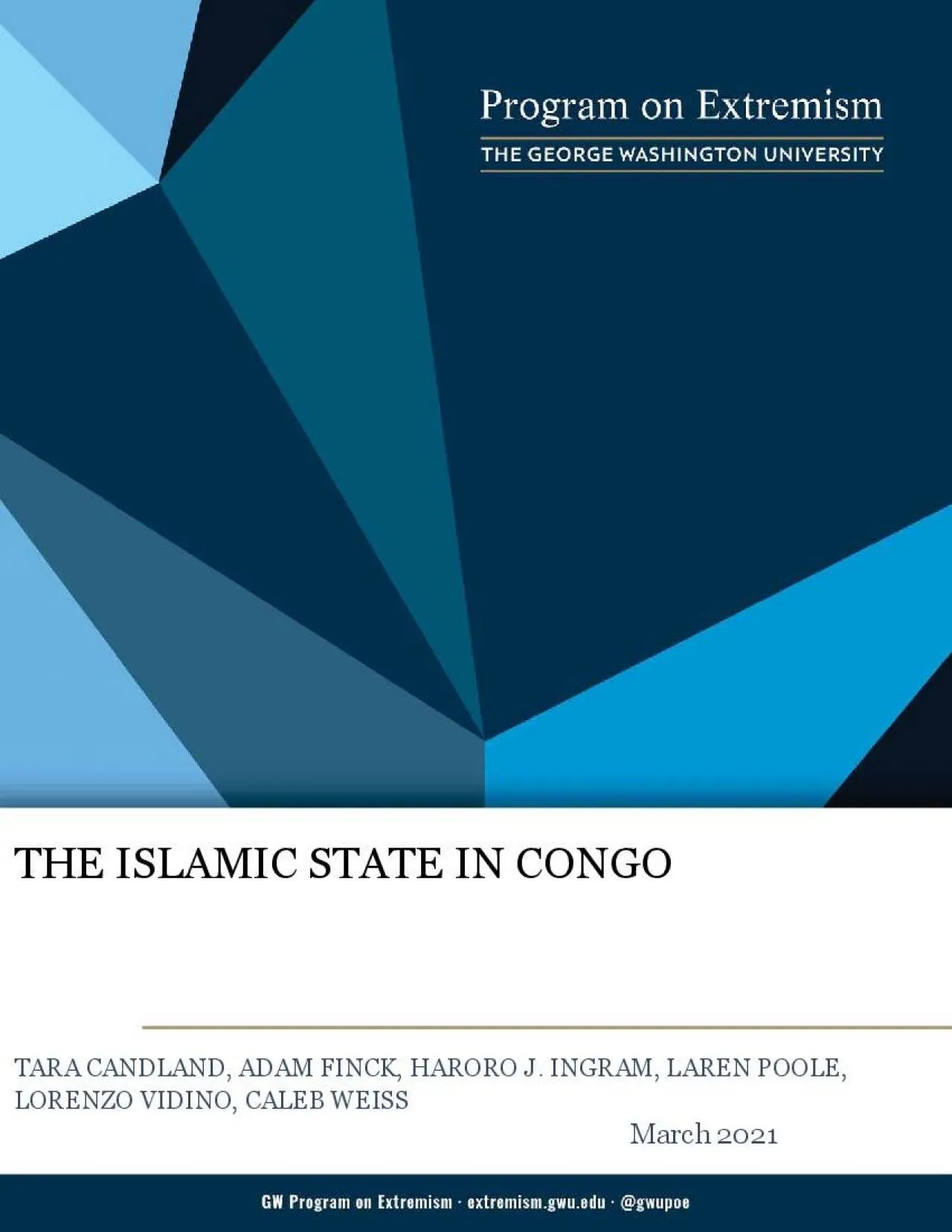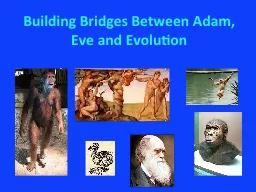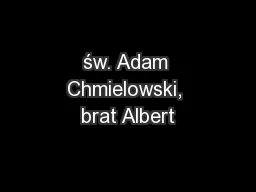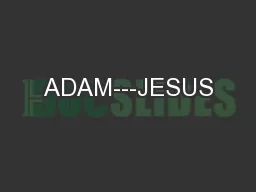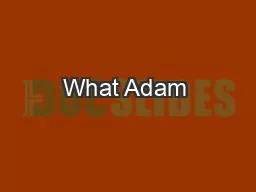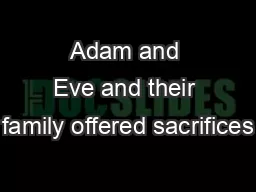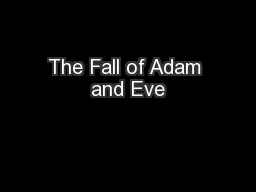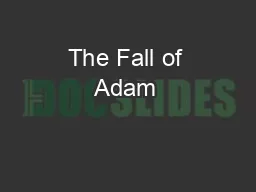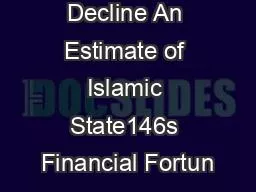PDF-THE ISLAMIC STATE IN CONGOTARA CANDLAND ADAM FINCK HARORO J INGRAM LAR
Author : samantha | Published Date : 2021-10-05
PageCANDLAND ET AL PROGRAM ON EXTREMISMAbout the Program on ExtremismThe Program on Extremism at George Washington University provides analysis on issues related
Presentation Embed Code
Download Presentation
Download Presentation The PPT/PDF document "THE ISLAMIC STATE IN CONGOTARA CANDLAND ..." is the property of its rightful owner. Permission is granted to download and print the materials on this website for personal, non-commercial use only, and to display it on your personal computer provided you do not modify the materials and that you retain all copyright notices contained in the materials. By downloading content from our website, you accept the terms of this agreement.
THE ISLAMIC STATE IN CONGOTARA CANDLAND ADAM FINCK HARORO J INGRAM LAR: Transcript
Download Rules Of Document
"THE ISLAMIC STATE IN CONGOTARA CANDLAND ADAM FINCK HARORO J INGRAM LAR"The content belongs to its owner. You may download and print it for personal use, without modification, and keep all copyright notices. By downloading, you agree to these terms.
Related Documents

